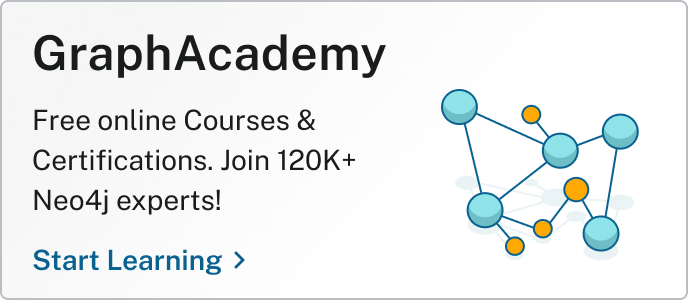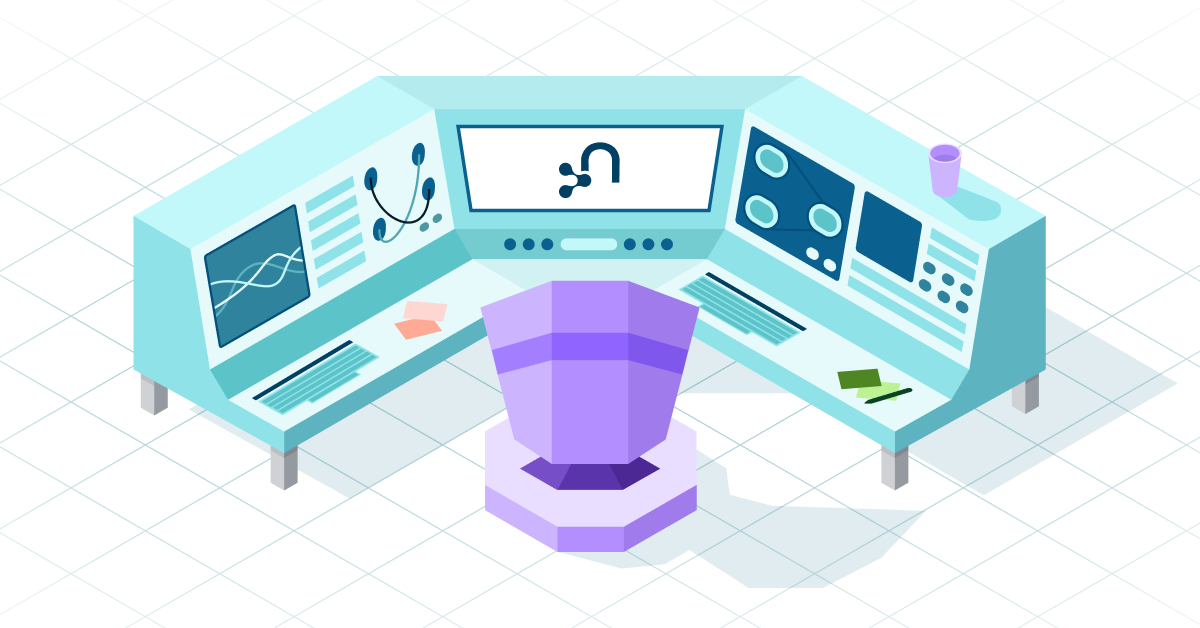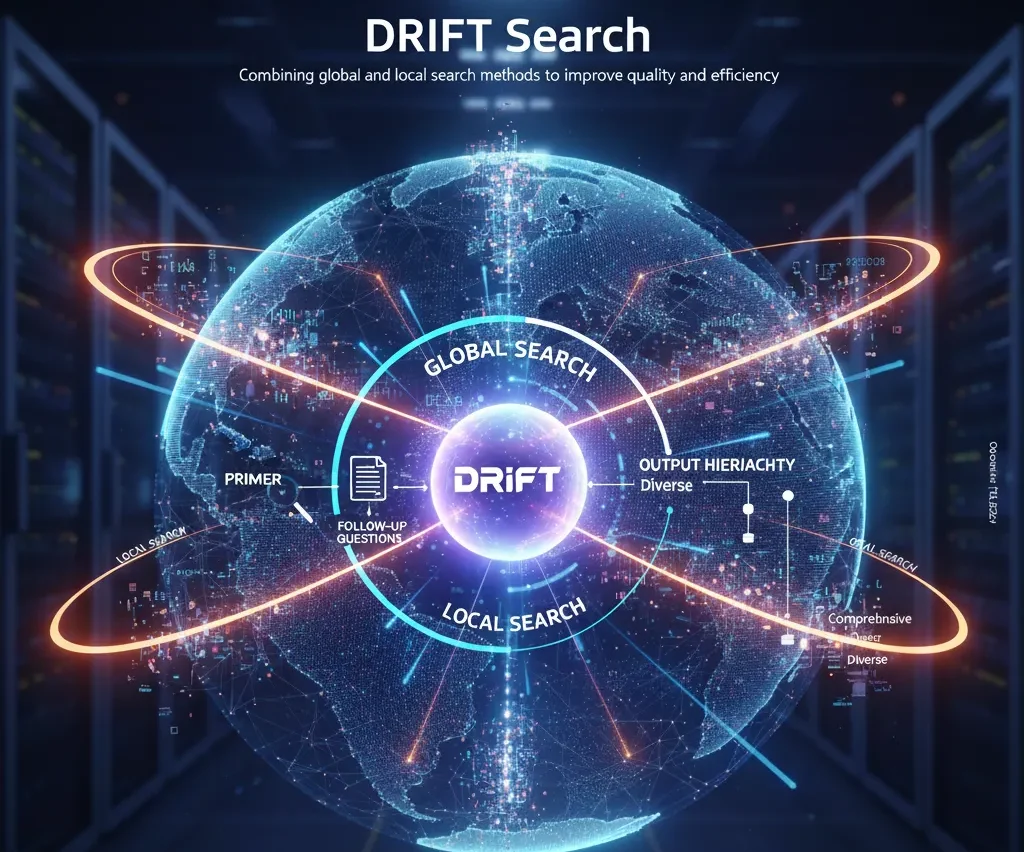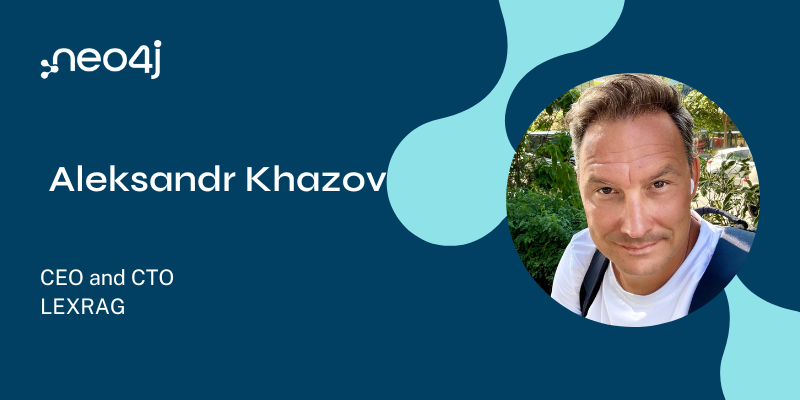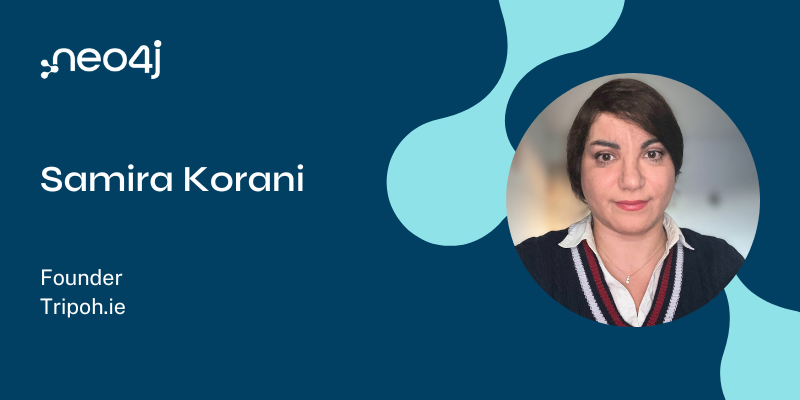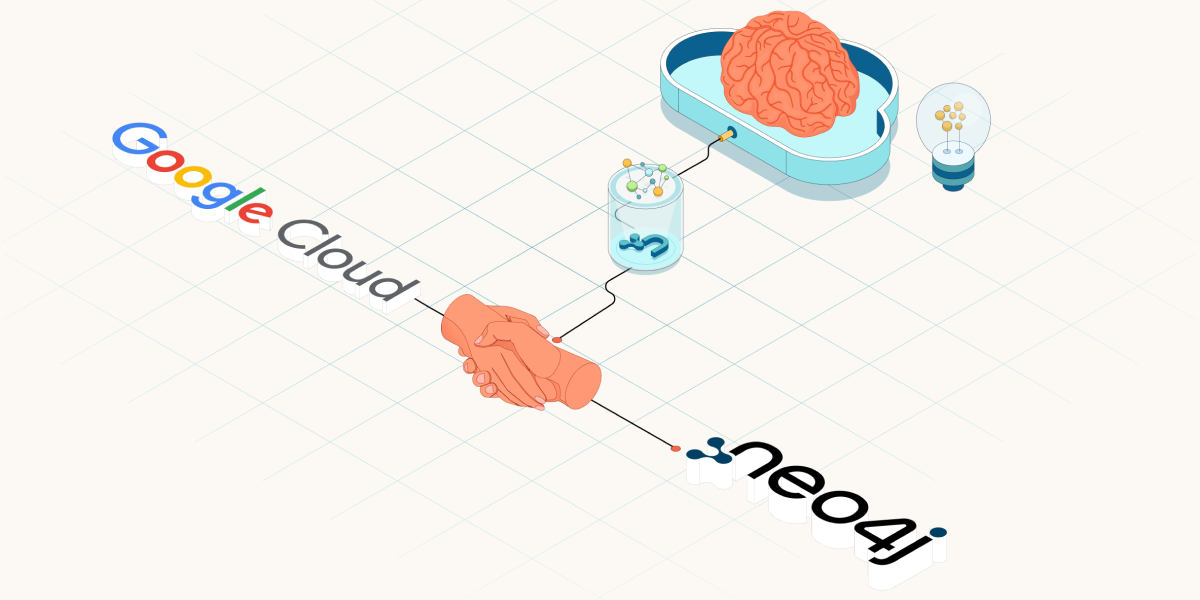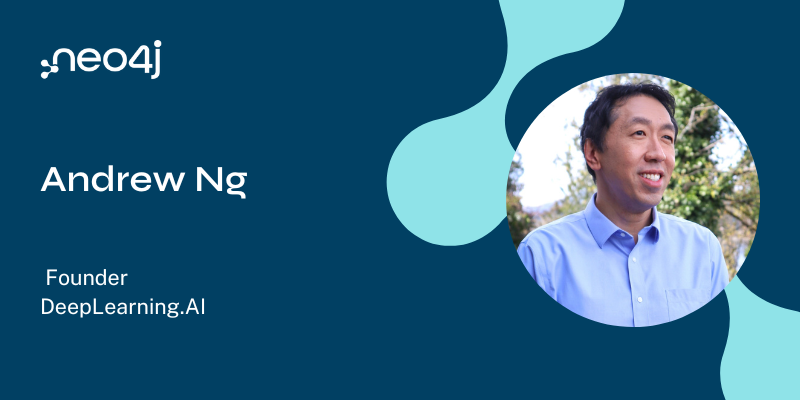This Week in Neo4j: Langchain, Knowledge Graph, Cypher, Graph Data Science and more

Senior Developer Marketing Manager
3 min read

Welcome to This Week in Neo4j, your fix for news from the world of graph databases!
This edition empowers Java developers to build GraphRAG systems with LangChain4j, shows how to turn Product Hunt data into enriched Knowledge Graphs, introduces native conditional logic in Cypher 25 and reveals how Graph Data Science can untangle payment behaviour in complex supplier networks.
Join our Neo4j User Research panel! Sign up to share your experiences with a researcher and influence the future of Neo4j products.
What’s in it for you? A chance to connect directly with product development teams, get paid compensation, hear about what we are working on, and more!
Happy Graphing,
Alexander Erdl
COMING UP!
- Livestream: Discover AuraDB: S02E05 on August 18, Neo4j Live: Smarter Collaboration with AI and Knowledge Graphs on August 21
- Conferences: Find us at Snowflake World Tour, Jakarta & AIDev Europe, Amsterdam on August 28
- Meetup: Meet us in Stockholm, SE on August 21, Seattle, US on August 26, San Francisco, US on August 27, Amsterdam, NL & Hamburg, DE on August 28
- All Neo4j Events: Webinars and More
- GraphSummit Series: Transform Your Enterprise with Graph and GenAI – Next Stop: Chicago on August 21
FEATURED COMMUNITY MEMBER: Thomas Orth
Thomas works on using and incorporating Generative AI to accelerate operations at Lockheed Martin
Connect with him on LinkedIn.
Thomas is a Featured NODES 2025 Speaker. His session is “Leveraging Knowledge Graphs and LLMs to document large scale codebases”. He will show how Lockheed Martin uses Knowledge Graphs and Generative AI to automate software architecture documentation, reducing errors and improving maintainability.
LangChain: Integrating Neo4j With LangChain4j for GraphRAG Vector Stores and Retrievers
Giuseppe Villani walks Java developers through integrating LangChain4j with Neo4j to build advanced, graph-based question-answering systems. LangChain4j introduces key components like Neo4jEmbeddingStore for storing vector embeddings and Neo4jText2CypherRetriever for generating and executing Cypher queries from natural-language inputs – enabling rich GraphRAG workflows directly in Java applications.
Knowledge Graph: Extracting Enriched Product Knowledge Graphs from Product Hunt into Neo4j
This Hypermode tutorial walks you through creating a Hypermode Agent that scrapes Product Hunt for trending products, enriches that data with LinkedIn insights and constructs a knowledge graph stored in Neo4j. It covers everything from configuring your Neo4j connection and agent behaviour to generating Cypher queries that insert nodes like Product, Person, Company, and Category, as well as matching relationships.
Cypher: Cypher Conditional Queries
Christoffer Bergman gives an overview of the native support for conditional queries, which was added in Cypher 25. This update enables developers to write cleaner, more readable logic, such as conditional branch execution and sequential query flows using UNION, WHEN and NEXT. Previously, achieving similar behaviour involved APOC procedures, correlated subqueries, or FOREACH hacks, which are now greatly simplified with the native Cypher syntax.
Graph Data Science: Navigating Payment Behavior Using Graph Data Science
In this article, Saswati Rao demonstrates how Neo4j’s Graph Data Science library can uncover hidden community clusters within complex supply networks. By mapping dependencies, such as suppliers’ links and external disruptions (like floods or tariff changes), onto a graph, she reveals how delays cascade through partner networks to affect payment behaviours.
CONTINUOUS LEARNING
- GraphAcademy: Build better GenAI Apps and learn “Using Neo4j with LangChain“
- Get to Know Graph: Level up your graph skills with webinars packed with practical insights to help you build powerful apps
- Learn on Your Schedule: Go deeper into graph technology on Neo4j’s On-Demand webinar library
- Workshops: Next Neo4j Fundamentals Virtual Workshop:AMER, August 19, APAC, August 20 & EMEA, August 20
POST OF THE WEEK: Mr. Dr. Eigenadmin
Watch my Letta agent build a knowledge graph from some blog posts. Uses neo4j through an MCP server + Letta Desktop.
— Mr. Dr. Eigenadmin (@cameron.pfiffer.org) 12. August 2025 um 02:59
Please share it if you like it!

